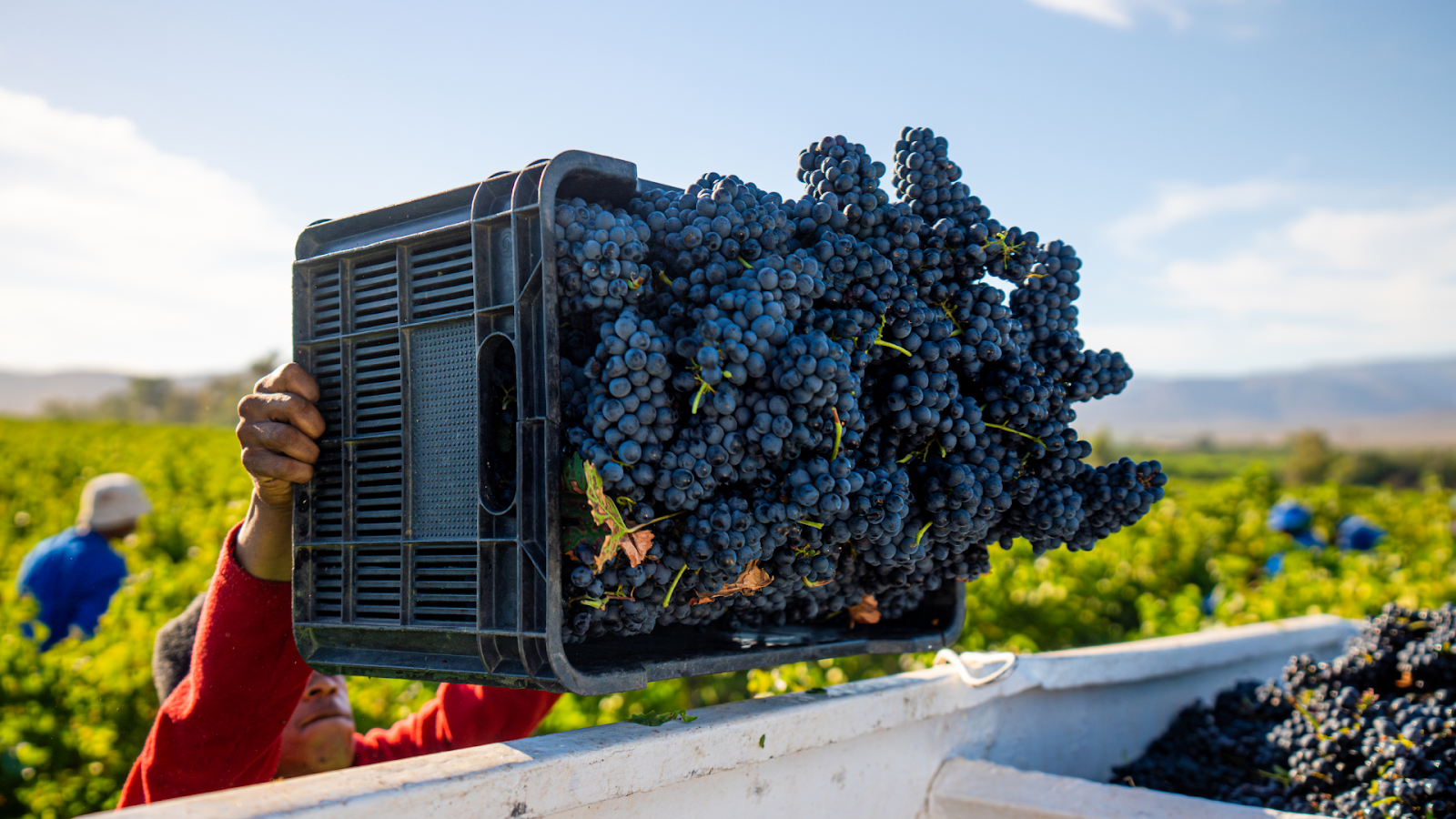Wine is common in high class society and in dining rooms all around the world. However, the differences between sauvignon blanc and chardonnay are subtle but remarkable. Though both are white wines, the differences may astound the average wine drinker.
Chardonnay
Chardonnay has been referred to as the “homecoming queen” of white wines. The most common way to pick out if you have chardonnay when tasting blindly is the apple flavor. The chardonnay grapes grow in tight clusters and resemble fake grapes that are bought for children.
This wine is known for an apple flavor. Usually, however, there is something else mixed in with the apple: whether it’s butter, lime or lemon. The extra flavor depends on where the wine was made. If made in a warmer climate (such as in Australia, California, and Argentina), expect flavors such as apple and pineapple or yellow apple. Meyer lemon is another popular warm climate chardonnay flavor to expect in stores.
The warmer climate chardonnay also has a higher alcohol content. The acidity in these wines is lower. Tongue texture is wider and fatter in these wines.
If the chardonnay is made in a cooler climate – such as in Oregon, Valle de Casablanca, or France – the wine generally has green apple, lemon, or lime flavors. There’s also a tingly flavor – cement rock or river stone.
The cooler climate wines also generally have a higher acidity than the warm climate wines. The tongue feel to this wine more often involves flavor and acidity running down the center of the tongue.
For a true twist on the chardonnay wine, buttery chardonnay may be the way to go. This is made by aging the wine in an oak barrel. Vanillan alcohol ester comes from the oak and adds a buttery flavor to the wine. A creamy texture is also added when wine is aged in an oak barrel. While popular in chardonnay wines, it’s becoming more popular among semillon, sauvignon blanc, and antao vaz.
The oak barrel aging is popular in American and French wineries.
Chardonnay is paired with many things since it is a full-bodied wine. It may very well be one of the few white wines that pairs well with a variety of foods. These include:
- crab
- lobster
- chicken and cream sauce
- polenta
- cream-based soups
- soft cheeses
- shellfish
- rich fish
Sauvignon Blanc Wine
In the wine world, Sauvignon Blanc Wine is that brunette who steals everyone’s boyfriend. The grapes that make up this wine are grown in loose clusters that look like green seedless grapes that could be bought at the store.
Unlike Chardonnay, Sauvignon Blanc Wine is an herbal wine. Traditional flavors of this wine include green bell pepper, grass, and tomatillo. It usually comes from the Loire valley – the “garden state” of France – and that is probably why those flavors are traditional. For a very traditional sauvignon blanc, try tourine or pouilly fume varieties.
Warm climate Sauvignon Blanc Wine doesn’t happen often since the grapes grow better in cooler climates. However, when grown in warm climates the taste turns towards fruits like peach and kiwi. Even passion fruit has been among the flavors of warmer climate varieties. These are usually grown in Napa, California, or Australia.
Cooler climates offer a different take to the wine that is more traditional. These are usually grown in France, Chile or New Zealand. These sSauvignon Blanc wines usually have a punch and taste like thyme, bell pepper and gooseberry. There’s a cement-like, flinty quality to the wine as well. A medium zesty finish also qualifies a cool climate Sauvignon Blanc.
Before getting to the food pairings for this wine, the oak barrel aging makes another appearance. This technique is becoming quite popular for this wine. Adding semillon wine (a very Bordeaux region idea) to Sauvignon Blanc allows the wine to stand up to an oak aging.
When Sauvignon Blanc Wine is aged in oak barrels, the wine takes on the buttery flavor that an oak aged chardonnay would have – minus the fruity flavor of course. Areas that make the oak aged sauvignon blanc wine include Washington State, Australia, and Bordeaux, France. No one can argue that their oak aged Sauvignon Blanc wines are rip offs. They have mastered this technique.
The sprite-like flavor and character to this wine offers amazing food pairings for Sauvignon Blanc Wine. Recipes with more green vegetables included are usually paired with the wine. Light vinegar based and green sauces are also common food pairings. Others include:
- risotto
- pesto sauce
- salsa verde tacos
- flaky fish
- pasta salad
- any roasted vegetable
Original source: winefolly






